All articles
Whether you are a carer, a specialist, or completely new to continence care, Wellspect Education provides learning resources for your level of expertise.
Whether you are a carer, a specialist, or completely new to continence care, Wellspect Education provides learning resources for your level of expertise.

key:global.content-type: Webinar
Short films which answer common questions asked by people with Multiple Sclerosis (MS) about bladder dysfunction. These films are aimed at people with MS and uses language and explanations that you may find particularly useful when having discussions with someone who has MS or cares for someone with MS.

key:global.content-type: Article
This article explores strategies that can help address challenges faced by men who are in the initial stages of learning to use intermittent catheterisation.

key:global.content-type: Publication Highlight
In this article we sum up the key findings and recommendations of a 2023 study by Bauer et al. which explores intermittent catheterisation (IC) by children and adolescents in school settings.

key:global.content-type: Article
In this article you will get the perspective from an individual with a SCI on the management of his bladder and bowel after the injury.

key:global.content-type: Publication Highlight
The traditional view of urine sterility has been challenged by the discovery of the urinary microbiome, meaning a mix of bacteria and microorganisms within the urinary tract. This unique relationship between microbes and humans is still not fully understood but has gained a lot of attention in clinical research in the last decade.

key:global.content-type: Article
Learn more about what cauda equina syndrome is, its effects on bladder and bowel, and how to manage bladder and bowel symptoms in cauda equina.
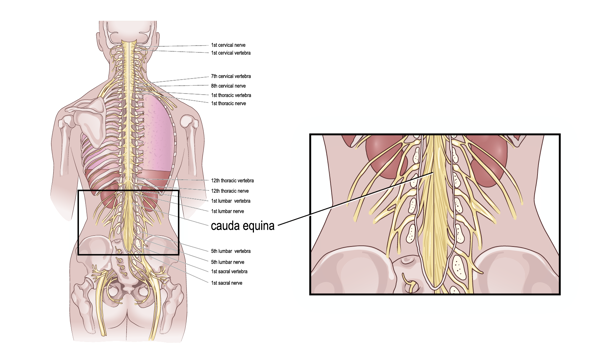
In this publication highlight you can read about the identification, assessment, and treatment of urinary incontinence and bowel control issues.
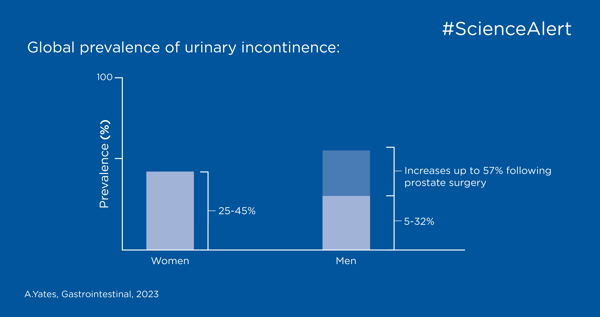
key:global.content-type: Video
In this webinar you will hear from Consultant Physiotherapist Julia Herbert talking on pelvic floor dysfunction, the associated symptoms and the management options that are available.
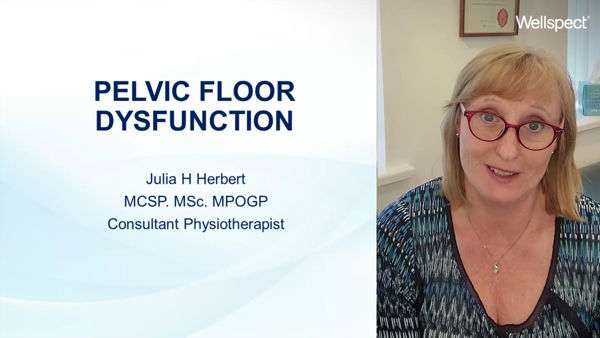
key:global.content-type: Article
Prolapse means "to fall out of place". Pelvic organ prolapse (POP) occurs when the vaginal walls, uterus, or both lose their normal support and fall out of place. Other nearby pelvic organs, such as the bladder or bowel, may be involved and also ‘drop’ from their normal position in the body. Cystocele is the most common type of POP.
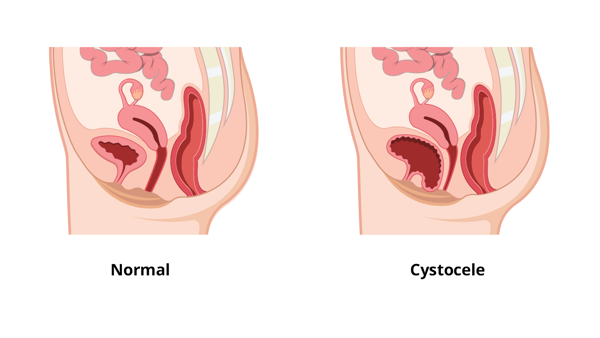
key:global.content-type: Article
Pelvic floor dysfunction (PFD) refers to a broad constellation of symptoms and anatomical changes related to abnormal function of the structures within the pelvic floor complex, which includes the supportive fibrous tissue called fascia, the blood and nerve supply and in particular the pelvic floor musculature.
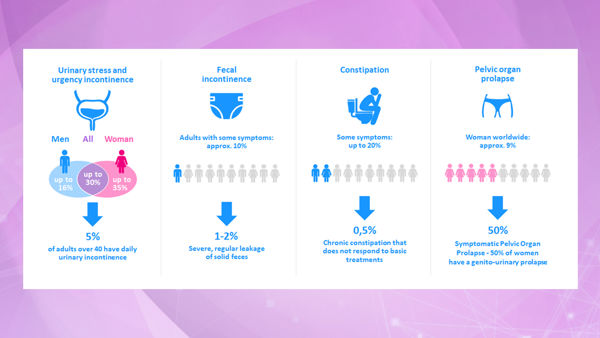
key:global.content-type: Article
Pelvic floor dysfunction is common, but not commonly talked about. In this article, you will find an explanation about basic pelvic floor anatomy, description of symptoms and how these can be managed, which can be downloaded and handed out to your patients.
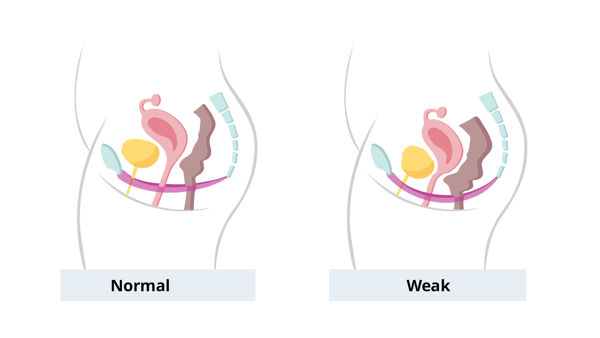
key:global.content-type: Article
In this scientific review you will learn more about incomplete emptying causes and treatment.
